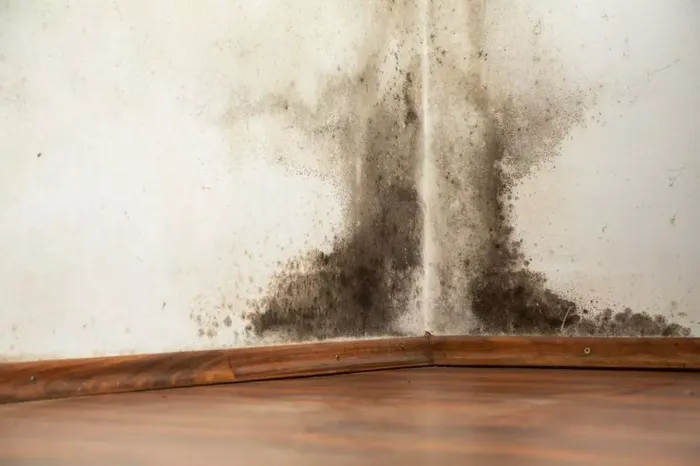A staggering 8 percent of adults and over 9 percent of children battle with asthma daily. But did you know that a condition lurking in your home could be worsening these asthmatic issues? This environmental complication isn’t restricted to certain areas and can be found in homes throughout the United States.
Mold and Dampness – The Silent Dangers
A comprehensive review of 17 studies at the Exeter Medical School in England reveals that mold and dampness in your home can create a potent health risk not only for asthmatic family members but for everyone living there. Interestingly, these studies originated from eight different countries, proving that this issue is globally relevant.
Researcher Richard Sharpe explains, “Molds are abundant in our outdoor and indoor environments, with around 10 varieties living in a typical home. We’ve found the strongest evidence yet of their potentially harmful effects, with higher levels of some of these molds presenting a breathing hazard to people suffering from asthma, worsening their symptoms significantly. It also looks as though mold may help to trigger the development of asthma – although research in this area is still in its infancy.”
Mold Varieties that Worsen Asthma
The research team identified strong associations between asthmatic breathing difficulties and several types of mold, such as aspergillus and pnicillium (which is used to produce penicillin). Additionally, they discovered that the risk of asthma increases significantly when a house contains a large number of dust mites and various caustic chemicals.
Homes with the most severe mold presence usually have high humidity levels and poor ventilation, leading to dampness – the perfect environment for mold growth. Mold can also multiply in well-sealed and insulated houses, as the lack of ventilation prevents moisture from drying out.
Researcher Nick Osborne warns, “We need to make sure that increasing the energy efficiency of people’s homes doesn’t increase their exposure to damp and mold, and potentially damage their health.”
How to Prevent Mold Growth in Your Home
Now that you’re aware of the dangers of mold, here are some practical tips to reduce or prevent mold growth in your home:
- Identify problem areas: Be vigilant for areas prone to dampness and moisture, such as basements, bathrooms, and areas near windows. Address any issues, like water leaks or condensation on windows, as soon as possible.
-
Improve ventilation: Pay extra attention to areas that generate a lot of moisture, like kitchens and bathrooms. Install exhaust fans or open windows when taking showers, cooking, or using the dishwasher. Vent your clothes dryer to the outside and avoid drying clothes indoors.
-
Monitor humidity levels: Keep an eye on the humidity level in your home, aiming for a level between 30% and 50%. Use a dehumidifier or air conditioner to help control moisture levels.
-
Clean up and dry out after water damage: In case of water damage, ensure proper cleaning and drying within 48 hours. Materials such as carpets should be thoroughly cleaned or, in severe cases, replaced.
-
Clean and repair gutters: Regularly clean and repair your home’s gutters to prevent water from accumulating and seeping into the house.
-
Maximize sunlight: Allow as much natural sunlight into your home during the day as possible. Sunlight is a natural mold prevention agent. Open curtains and blinds to let the sunshine in.
-
Use mold-resistant products: When renovating your home, consider mold-resistant products like mold-resistant drywall, paint, and other building materials.
-
Regularly clean and maintain your home: A vital aspect of mold prevention is maintaining a clean and tidy home. Clean filters in your air conditioning units and heating systems, and make sure to dust and vacuum regularly.
Asthma, like numerous other health issues, can be exacerbated by hidden hazards in your home. Be proactive in identifying potential triggers for asthmatic difficulties, such as mold and dampness. Making adjustments to your living environment can go a long way in improving the overall health and well-being of both asthmatic and non-asthmatic family members.



